André Bulcão
Generating Data Augmentation samples for Semantic Segmentation of Salt Bodies in a Synthetic Seismic Image Dataset
Jun 17, 2021
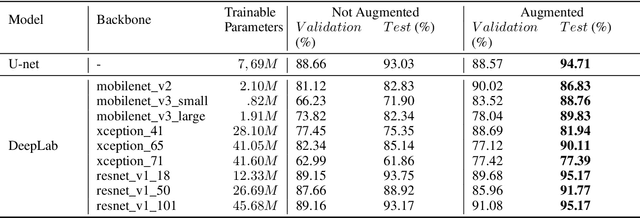
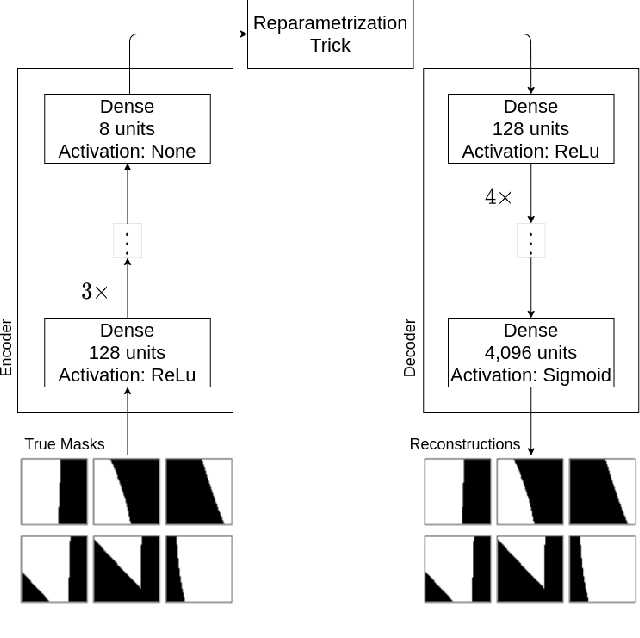
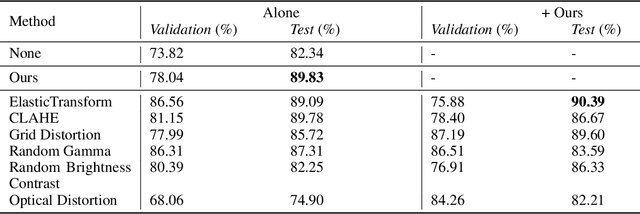
Abstract:Nowadays, subsurface salt body localization and delineation, also called semantic segmentation of salt bodies, are among the most challenging geophysicist tasks. Thus, identifying large salt bodies is notoriously tricky and is crucial for identifying hydrocarbon reservoirs and drill path planning. This work proposes a Data Augmentation method based on training two generative models to augment the number of samples in a seismic image dataset for the semantic segmentation of salt bodies. Our method uses deep learning models to generate pairs of seismic image patches and their respective salt masks for the Data Augmentation. The first model is a Variational Autoencoder and is responsible for generating patches of salt body masks. The second is a Conditional Normalizing Flow model, which receives the generated masks as inputs and generates the associated seismic image patches. We evaluate the proposed method by comparing the performance of ten distinct state-of-the-art models for semantic segmentation, trained with and without the generated augmentations, in a dataset from two synthetic seismic images. The proposed methodology yields an average improvement of 8.57% in the IoU metric across all compared models. The best result is achieved by a DeeplabV3+ model variant, which presents an IoU score of 95.17% when trained with our augmentations. Additionally, our proposal outperformed six selected data augmentation methods, and the most significant improvement in the comparison, of 9.77%, is achieved by composing our DA with augmentations from an elastic transformation. At last, we show that the proposed method is adaptable for a larger context size by achieving results comparable to the obtained on the smaller context size.
Seismic Shot Gather Noise Localization Using a Multi-Scale Feature-Fusion-Based Neural Network
May 07, 2020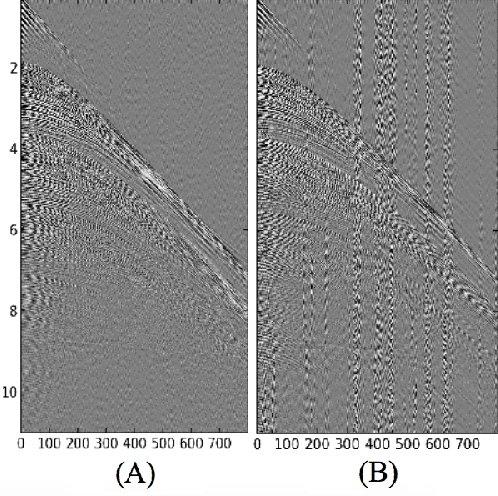

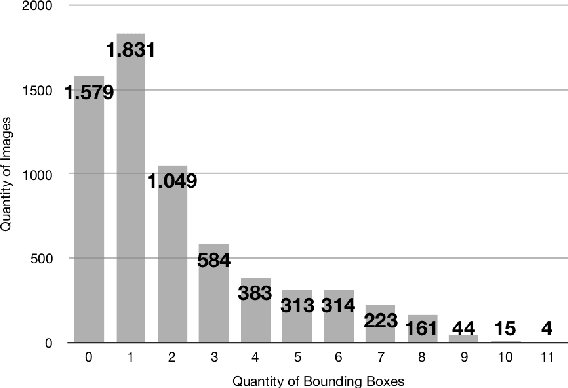

Abstract:Deep learning-based models, such as convolutional neural networks, have advanced various segments of computer vision. However, this technology is rarely applied to seismic shot gather noise localization problem. This letter presents an investigation on the effectiveness of a multi-scale feature-fusion-based network for seismic shot-gather noise localization. Herein, we describe the following: (1) the construction of a real-world dataset of seismic noise localization based on 6,500 seismograms; (2) a multi-scale feature-fusion-based detector that uses the MobileNet combined with the Feature Pyramid Net as the backbone; and (3) the Single Shot multi-box detector for box classification/regression. Additionally, we propose the use of the Focal Loss function that improves the detector's prediction accuracy. The proposed detector achieves an AP@0.5 of 78.67\% in our empirical evaluation.
A Deep Convolutional Network for Seismic Shot-Gather Image Quality Classification
Dec 03, 2019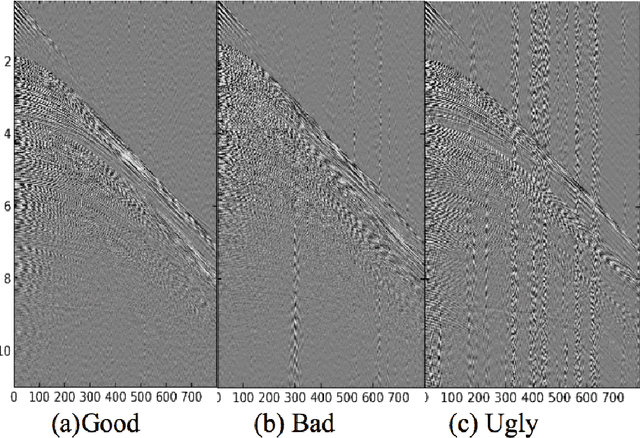

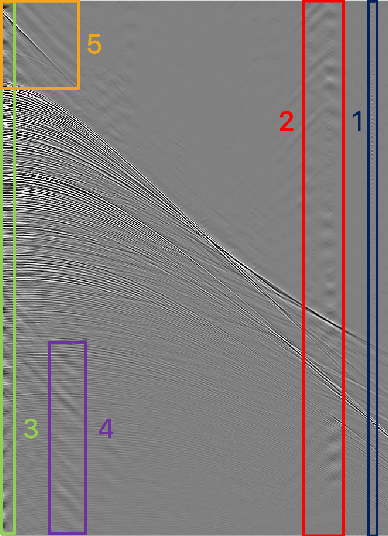
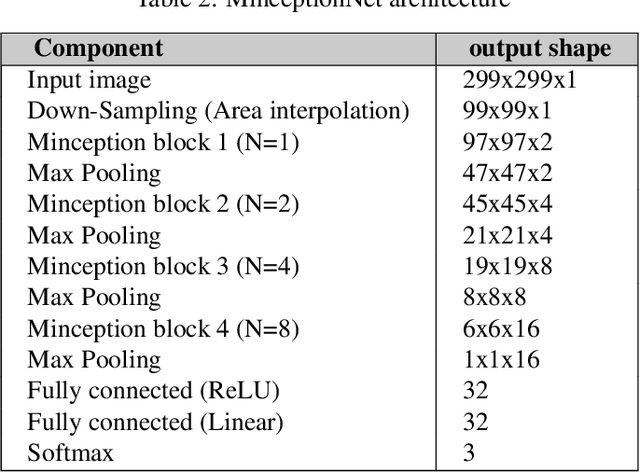
Abstract:Deep Learning-based models such as Convolutional Neural Networks, have led to significant advancements in several areas of computing applications. Seismogram quality assurance is a relevant Geophysics task, since in the early stages of seismic processing, we are required to identify and fix noisy sail lines. In this work, we introduce a real-world seismogram quality classification dataset based on 6,613 examples, manually labeled by human experts as good, bad or ugly, according to their noise intensity. This dataset is used to train a CNN classifier for seismic shot-gathers quality prediction. In our empirical evaluation, we observe an F1-score of 93.56% in the test set.
 Add to Chrome
Add to Chrome Add to Firefox
Add to Firefox Add to Edge
Add to Edge